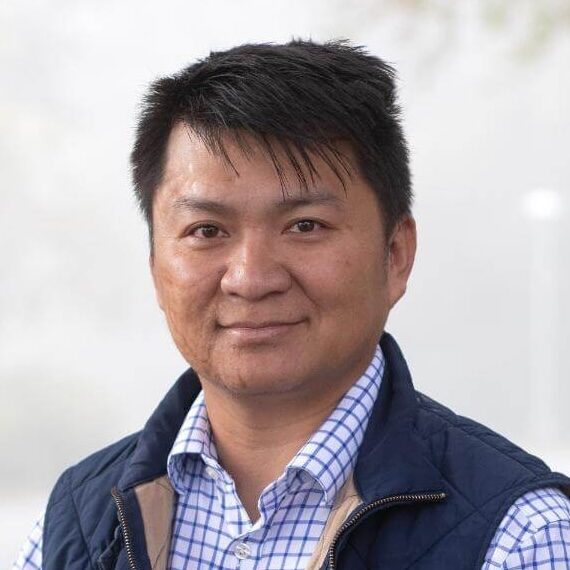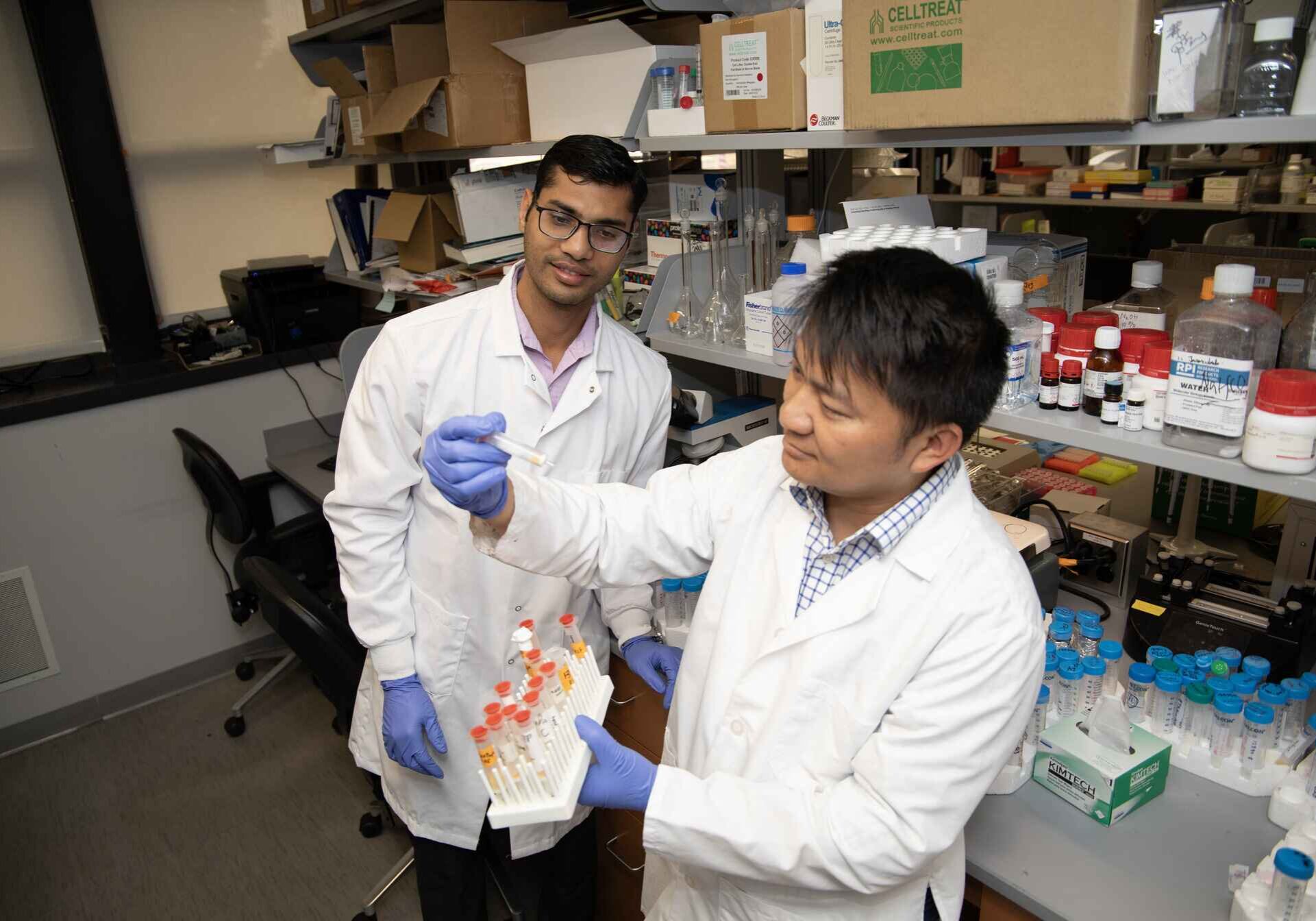Dr. McCarthy’s research aims to integrate molecular imaging techniques and novel drug delivery methods to study and treat a variety of diseases.
Molecular Imaging: A tool that allows the visualization of biological processes occurring in the body. Dr. McCarthy specifically uses fluorescent imaging via fluorogenic and targeted imaging probes.
Drug Delivery: Dr. McCarthy generates materials that can target drugs to specific cells within the body. Current platforms can deliver small molecules or oligonucleotides such as mRNA, to the sites of action.
Materials for the Modulation of Biology
Visualizing Biological Processes
Investigation of Diseases

Lab Members




Chase Kessinger, Ph.D.
Chase Kessinger, Ph.D.




